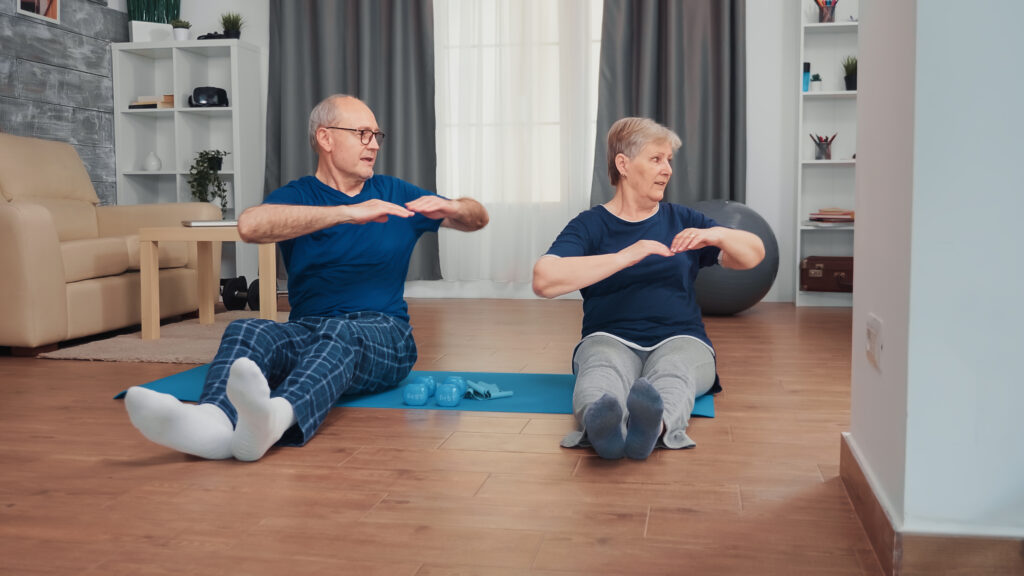Why the pandemic is leading to more falls for older people

We’re seeing all sorts of effects of the pandemic even as we come out of lockdown that we might not have expected. And one of those is a greater risk of falls for our senior citizens. A fall can set off a chain of events that nobody wants. A trip to hospital, possibly a long stay, and then an even longer time to recuperate and repair.
What’s the problem?
General activity is good for our health. And a recent Public Health England report has found that older people were on the whole as active during the pandemic as before.
However, there was a distinct drop in the amount of time spent on strength and balance exercise, and these are the activities that can help to avoid falls.
During March to May in 2019 older people over the age of 65 were spending an average of 126 minutes a week on this type of exercise, but only 77 minutes on average in 2020. The survey found that those in the 70-74 age group dropped off the most.
This needs to change, say the experts. Modelling suggests that if we don’t make changes, 110,000 more older people – that’s 3.9% – are likely to have at least one fall a year. Not only is that a problem for the patient and their supporters, but it will also lead to added costs, An estimated extra £211 million over a two and a half year period in costs is money that could be spent elsewhere in the health and social care systems.
Building functional fitness activity back in
So what can our older family and friends do to get back on track with their strength and balance exercise – often called functional fitness – to minimise the potential for falling?
The NHS website is a good starting point to find out more about exercise at home.
Suggestions include carrying heavy shopping, working with weights and/or resistance bands, and a bit of heavy gardening.
More structured exercise, such as yoga, pilates and tai chi, are recommended too to increase strength, balance and flexibility. There are seated versions of yoga and pilates for those who might struggle to stand through a session. If your parent is more mobile, you can search for senior classes in the locality of your parent for in-person groups.
The authors of the report recommend that strength and balance activity should be made more available for older adults and more widely promoted. So it’s worth asking at the GP practice about any local groups your parent could join. And if your parent is in a care home, then talk to the activities supervisor or other staff about what is or could be included in their daily routines.
YouTube videos, live Facebook broadcasts and podcasts offer a wealth of possibilities. I used the NHS Strength and Flex exercise podcast to get back on the journey to fitness again after an operation, taking my phone and headphones out to the local park.
How much exercise is good?
Two sessions a week of balance and strength training are commonly recommended, alongside daily activity. The key is to break up the day with movement. Using an electronic alarm like a Fitbit is a good way to be reminded to get up and move on a regular basis.
There’s no need to go mad though. Building up exercise slowly is recommended. This is especially true for those who have contracted Covid-19 during the last year or so and are still recovering.
Post written by Kathy Lawrence, editor at When They Get Older
Image Woman photo created by DCStudio – www.freepik.com

